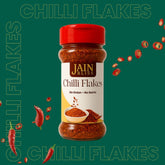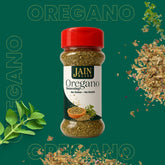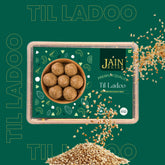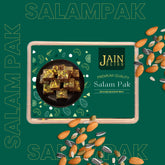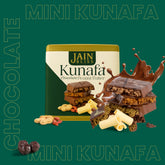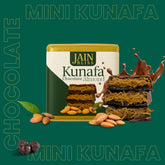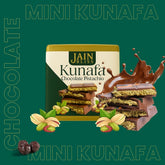JBT17 - Shree Kunthunath Bhagwan – The Seventeenth Tirthankara

Shree Kunthunath Bhagwan – The Seventeenth Tirthankara
Shree Kunthunath Bhagwan was the 17th Tirthankara of the present Avasarpini Kaal (descending half-cycle of time) in Jainism. Revered as a spiritual teacher, he guided countless beings on the path of Ahimsa (non-violence), Satya (truth), and Tyag (renunciation), ultimately leading them toward Moksha (liberation). His auspicious symbol is the Goat (Bakra), representing patience, endurance, and resilience.
Birth and Early Life of Shree Kunthunath Bhagwan
-
Parents: King Shursen and Queen Shree Devi of the Ikshvaku dynasty
-
Birthplace: Hastinapur (modern-day Uttar Pradesh, India)
-
Complexion: Golden, radiating divine purity
-
Height: 35 Dhanush (~105 feet)
-
Lifespan: 95 lakh Purva (as per Jain scriptures, an immensely long span)
-
Symbol (Lanchhan): Goat (Bakra), symbolizing patience and spiritual progress
His birth was marked by 14 auspicious dreams experienced by Queen Shree Devi, signifying the arrival of a divine soul.
Major Life Events & Kalyanaks
-
Garbh Kalyanak (Conception): Queen Shree Devi’s divine dreams revealed his future greatness.
-
Janma Kalyanak (Birth): He was born in Hastinapur amid celebrations and celestial blessings.
-
Diksha Kalyanak (Renunciation): After ruling as a just king, he renounced worldly life, embraced monkhood, and took Diksha.
-
Keval Gyan (Omniscience): Through deep penance and meditation, he attained omniscience, spreading wisdom to all beings.
- Moksha (Liberation): He attained final liberation at the holy site of Sammed Shikharji, a revered Jain pilgrimage destination.
Lesser-Known & Interesting Facts
-
His name “Kunthunath” comes from a legendary gem called Kunthu Mani, believed to have existed in his time.
-
He had thousands of disciples, including kings who left their thrones after hearing his sermons.
-
His Samavasaran (divine assembly) was attended by humans, gods, and animals alike, reflecting universal appeal.
-
His influence led to the spread of Jain dharma and the establishment of many temples and Jain communities.
Worship & Temples of Shree Kunthunath Bhagwan
Shree Kunthunath Bhagwan is worshipped across several important Jain pilgrimage sites:
-
Hastinapur Jain Temples – his birthplace
-
Sammed Shikharji (Jharkhand) – his place of Nirvana
- Shri Mahavirji (Rajasthan) – houses idols of multiple Tirthankaras, including Kunthunath Ji
Teachings of Kunthunath Bhagwan
-
Ahimsa (Non-violence): True spirituality begins with compassion toward all living beings.
-
Satya (Truth): Righteous living is possible only through truthfulness and honesty.
-
Tyag (Renunciation): Liberation can be attained only by detachment from worldly desires.
-
Universal Equality: All beings, from humans to animals to celestial beings, deserve respect and compassion.
Shree Kunthunath Bhagwan: Questions & Answers
Q1. What is the symbol (Lanchhan) of Kunthunath Bhagwan?
👉 His symbol is a Goat (Bakra), representing patience, endurance, and spiritual strength.
Q2. How tall was Kunthunath Bhagwan?
👉 He was 35 Dhanush (~105 feet) tall.
Q3. What was the complexion of Kunthunath Bhagwan?
👉 His complexion was golden, symbolizing divine radiance.
Q4. How long did Kunthunath Bhagwan live?
👉 He lived for 95 lakh Purva, as described in Jain texts.
Q5. In which time period (Yug) was he born?
👉 He was born during the Avasarpini Kaal, the descending half-cycle of time.



